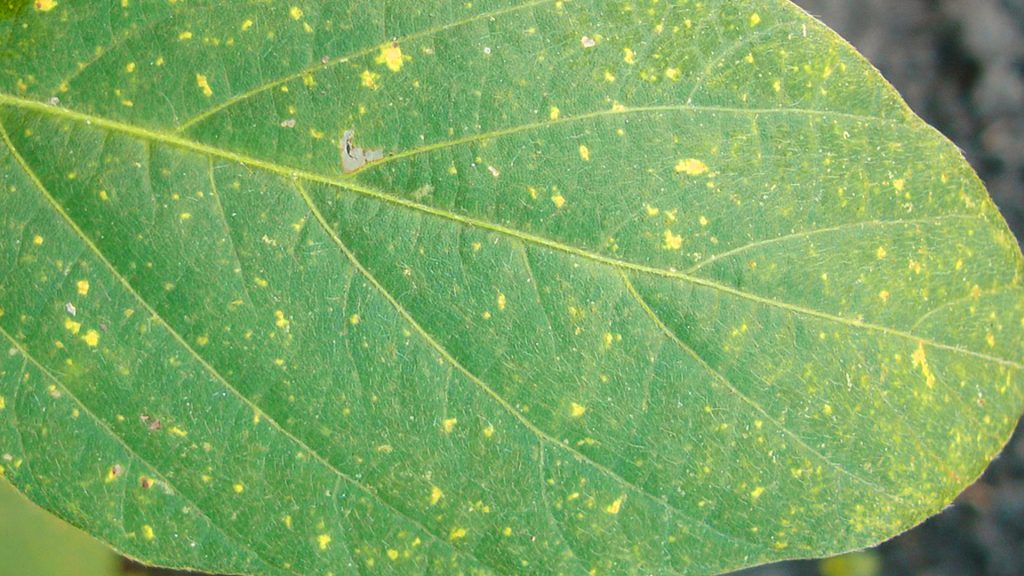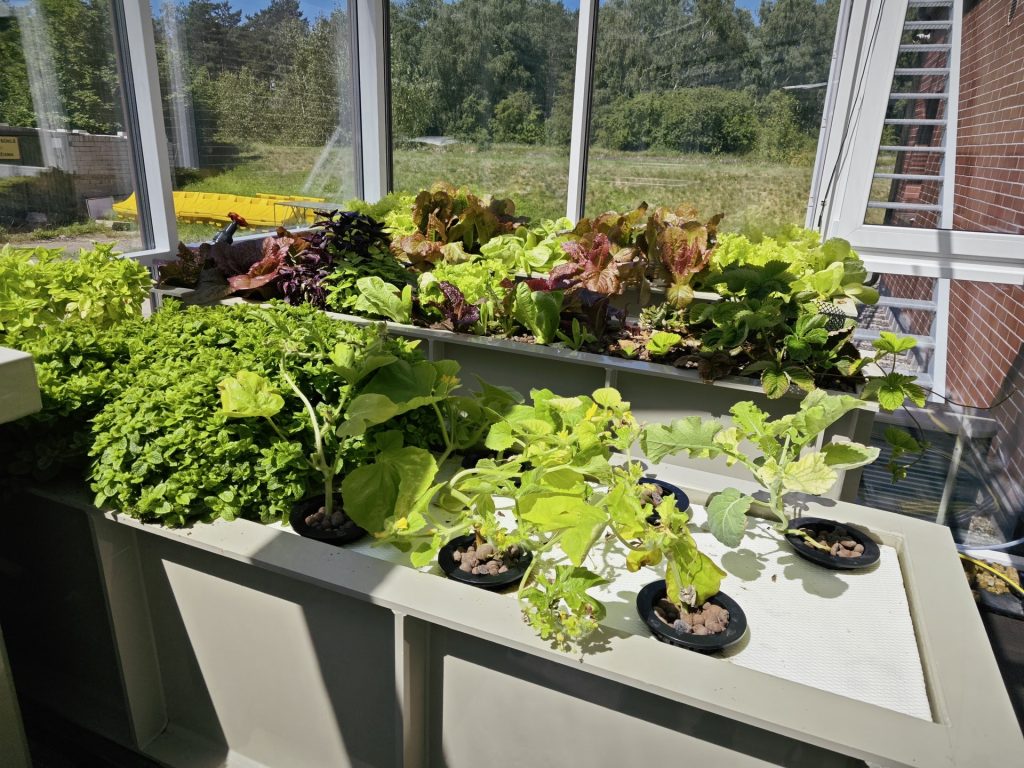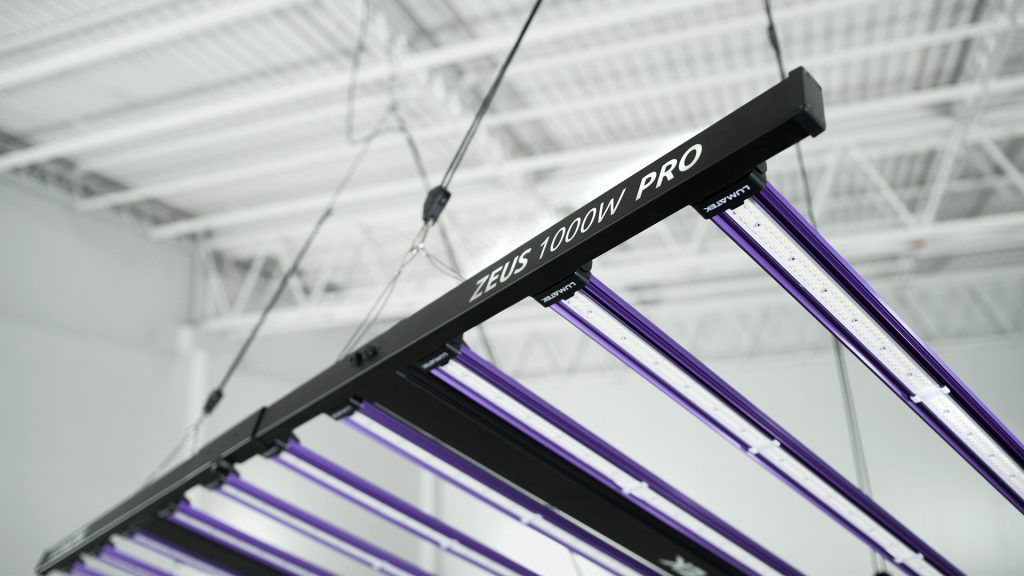The subject of whether horticulture LED lighting should become the standard in greenhouse farming is increasingly pivotal in the realm of controlled environment agriculture.
In this comprehensive article, we will delve into various facets of this debate, tackling both economic, environmental considerations and technological advances.
While the short answer leans heavily toward a resounding ‘YES,’ the complexities warrant a closer, nuanced examination.
What you can read throughout this article:
- Economic Benefits;
- Environmental Impact;
- Technological Advances;
- How Does LED Lighting Interact with Supplemental CO2?;
- What are the Maintenance Requirements for Horticulture LED Lighting Fixtures?;
- How Does PPFD Vary Across Different Horticulture LED Lighting Fixtures?;
- What is Photosynthetic Rate (Pnet)?;
- What is Photorespiration?;
- Frequently Asked Questions (FAQ’s);
- Conclusion.
Economic Benefits
Enhanced Yield
One of the foremost drivers for greenhouse operators to switch to LED lighting is the prospect of increased yield. Cutting-edge agronomic LED fixtures can help balancing the Daily Light Integral (DLI) across different seasons, effectively enhancing crop growth during dimmer days.
Moreover, these lighting systems can zero in on less illuminated areas within the greenhouse, preventing uneven growth and subsequently improving the yield and quality of the end product.
Higher Quality End Product
By means of high intensity LED supplemental lighting, enhanced organoleptic properties for your crop are attainable, such as a higher degree production of various secondary plant metabolites (for example anthocyanins, essential oils and other aromatic compounds).
Working under a light intensity combined with a controlled environment that matches your crop’s preferences, allows for a fuller expression of their genetic potential and achieving far superior results.
These higher quality outcomes will commend a matching price, potentiating your financial returns.
Cost-Efficiency
The initial investment for switching to LED supplemental lighting may seem steep, but when looking at medium to long-term investment strategies where the accrued electricity costs pile up, LED technology proves to be cost-effective.
Modern horticulture LED fixtures have an extremely high PPF (Photosynthetic Photon Flux) output and fixture efficacy (μmol/J), making them invaluable allies, particularly when implemented on high-value crops.
Long-term & ROI
When calculating the Return on Investment (ROI), the benefits of horticulture LED lighting become even more evident.
With lower energy consumption and a longer lifespan compared to traditional horticulture lighting solutions, supplemental LED fixtures are a smart financial decision for future-proofing your greenhouse operations.
Environmental Impact
Lower Carbon Footprint
The energy efficiency of horticulture LED lighting doesn’t only save money but also contributes to a lower carbon footprint.
Traditional lighting systems usually consume more energy and produce more heat, necessitating additional ventilation and air conditioning systems (HVAC), which further elevate energy consumption.
Biodiversity and Ecosystem Impact
However, the impact on local biodiversity and ecosystems can’t be sidestepped. While the introduction of artificial LED lighting may disturb local fauna to some extent, judicious use and proper planning can mitigate many of such concerns.
A good crop lighting strategy, mainly applied to photoperiodic scheduling, will benefit on the reducing the local ecosystems impacts.
Eco-friendly Alternatives
Some LED lighting systems now come with ‘eco-modes,’ designed to minimize their environmental impact further. These modes adjust light output according to the time of day or the needs of the specific crop, providing an extra layer of environmental conscientiousness.
Technological Advances
Synergy with Supplemental CO2
For those keen on maximizing their yields, the synergy between supplemental CO2 and the increased light intensity provided by horticultural LED lighting cannot be overlooked.
This combination enhances Water Use Efficiency (WUE) and improves the Harvest Index (HI), often resulting in yields that can be 30-40% higher. [1][2]
Smart Integration
By integrating horticulture LED fixtures with other automatic tools that allow for remote monitoring and control lighting parameters, an additional layer of optimization is possible.
These features enable real-time adjustments, which can be particularly useful in large-scale operations.
A Multifaceted Answer
The question of integrating supplemental LED lighting in greenhouses doesn’t have a one-size-fits-all standardized answer.
Various factors such as the type of crop, its market value, the geographical location of the greenhouse, and other environmental considerations play a role. However, the overarching trend supports the adoption of horticulture LED lighting technology, given its overwhelming benefits in most scenarios.
How Does LED Lighting Interact with Supplemental CO2?
Through the use of horticulture LED lights, an extremely high intensity is attainable.
In the presence of such light abundance (from 1000 to 2000 μ𝑚𝑜𝑙.𝑚−2.𝑠−1 and beyond), superior and previously out of reach plant performances have been made possible.
After a certain stage, ambient CO2 appears as a limiting factor in plant growth, and a source of diminishing returns for further supplemental light and yield optimization.
This brings CO2 into the conversation. By raising CO2 above ambient levels, it enables plants to make use of more light absorption, together with having their enzymatic machinery working seamlessly.
The combination of having more airborne carbon for plants to fix, a slight temperature raise and a reduced photorespiration from carbon fixing enzymes (RUBISCO) bouncing less against oxygen means more sugars can be generated through photosynthesis and result also in a better Water Use Efficiency (WUE).
This interaction is described for multiple crops in numerous papers throughout the literature and with solid empirical evidence from worldwide private greenhouse ventures. [2][3][4]
Fundamentally, more light can be taken in and converted into yield by the combined action of both high PPFD and CO2, along with the correct management of other environmental parameters.
What are the Maintenance Requirements for Horticulture LED Lighting Fixtures?
Horticulture LED lighting Fixtures generally have lower maintenance requirements compared to traditional lighting solutions.
Their longer lifespan means fewer replacements and less labor time spent on upkeep.
How Does PPFD Vary Across Different Horticulture LED Lighting Fixtures?
Different LED systems can offer varying levels of PPFD, affecting both the rate of photosynthesis and, consequently, plant growth.
When selecting a horticulture LED fixture, it’s crucial to consider the total growth area to cover, the relation between plant species to growth and the Wattage per square meter investment applied to the plant, light uniformity, efficacy, spectrum to be used, CRI and warranty.
What is Photosynthetic Rate (Pnet)?
The process of converting carbon dioxide into organic compounds through the use of light energy, also known as the Photosynthetic Rate or Pnet varies according to different conditions.
Measurement is often determined by micro moles of carbon dioxide transformed per square meter each second (μmol carbon fixed/m2/s). Factors that impact this rate include light intensity, the presence of carbon dioxide, water, environmental and root temperature.
For optimal greenhouse plant growth, it’s crucial to monitor and comprehend the photosynthetic rate, which can lead to faster all year round growth cycles and enhanced yields.
What is Photorespiration?
A chemical reaction that happens inside the plant cells, where key carbon fixing enzymes attach to oxygen instead of the much less abundant and more resourceful CO2.
This flawed event leads to the loss of fixed carbon, wasting energy and resources, without producing any chemical energy (or food). Meaning that both potential yield and actual yield are at a loss. In sum, photorespiration steals carbon away, the main building block for biomass production, and hence compromises yield.
By making CO2 more available through supplementation, this alternate pathway is minimized and a higher plant performance is achievable.
Frequently Asked Questions (FAQ’s)
Question: What is Daily Light Integral (DLI)?
Answer: DLI is a measure of the amount of photosynthetically active radiation (PAR) received by the plants per unit of area during a whole day, usually expressed in 𝑚𝑜𝑙.𝑚−2.𝑑−1. Understanding the DLI is crucial, for both knowing how much light a particular crop needs for optimal growth and being able to successfully custom deliver it.
Q: Is LED Lighting Suitable for All Types of Crops?
A: LED lighting can be customized to suit the needs of specific crops. However, the decision should be grounded on the particular light intensity, quality and duration requirements of each plant species.
Q: What is the Environmental Impact of LED Lighting in Greenhouses?
A: LEDs are more energy-efficient and, therefore, have a smaller carbon footprint compared to traditional lighting systems. However, considerations about local biodiversity and ecosystems are essential, and matters such as light pollution and contamination should be factored in.
Q: Is the Investment in LED Lighting Justified by the Returns?
A: For medium to long-term investment strategies, LED lighting proves to be a cost-effective solution, especially for high-value crops.
Q: What is Water Use Efficiency (WUE)?
A: A measurement of the biomass produced per unit of water spent by the crop. It’s an essential concept to have in mind when optimizing production systems.
Q: How Do Horticulture LED Lights Affect Plant Morphology?
A: Horticulture LED lights can be tuned to specific wavelengths (nm) that influence plant morphology, such as branching, height, and flowering time. Understanding how to manipulate these factors can lead to more desirable crop characteristics.
Q: Are Horticulture LED Lights Safe for Greenhouse Workers?
A: The safety features of horticulture LED lighting often exceed those of traditional horticultural lighting fixtures. They run cooler and can be installed to minimize glare and eye strain for workers, making them a safer choice for greenhouse operations.
Q: What Is Light Pollution, and How Do Horticulture LED Fixtures Help?
A: The implementation of a photoperiodic strategy in when should be turned ON/OFF the supplemental horticulture LED fixtures, can benefit the reduction of light pollution which is correlated to the impact of the biodiversity where the greenhouse is integrated.
Q: Can Horticulture LED Fixtures Systems Be Integrated with Other Greenhouse Technologies?
A: Yes, many modern horticulture LED lighting fixtures systems can be easily integrated with existing greenhouse management systems, allowing for more seamless control over both lighting and other environmental factors within the greenhouse.
Q: What is PPFD and Why Is It Important?
A: PPFD stands for Photosynthetic Photon Flux Density. It’s a measure of the amount of usable light for photosynthesis that falls on a given surface each second. The higher the PPFD, the more light is available for the plant to use for growth. It’s usually expressed in μ𝑚𝑜𝑙.𝑚−2.𝑠−1 ..
Conclusion
While the question, “Should the use of artificial horticulture LED lighting be the norm in greenhouses?” revolves around several aspects, the benefits seem to significantly outweigh the drawbacks. Both in economic and environmental terms, LED lighting appears to be the future of controlled environment agriculture.
For more in-depth and tailored advice concerning your specific circumstances, it’s highly advisable to consult a qualified horticulture light expert.
Notes
Stay tuned for future updates on this crucial subject. We will continue to provide detailed information to help you get the most out of your greenhouse operations.
This article aims to provide greenhouse operators with a balanced view on the adoption of LED lighting. The evidence strongly suggests that not only is this technology beneficial, but it may soon become the industry standard.
References:
[1] Bruce Bugbee, F. Mitchell Westmoreland. Phasic Temperature Control Increases Yield and Quality of Medical Cannabis. 2022
[2] Bruce Bugbee, F. Mitchell Westmoreland. Modeling the Yield Potential of Medical Cannabis. 2022
[3] Bruce Bugbee, Noah J. Langenfeld. Predicting Whole-Crop Water Use Efficiency from Single-Leaf Measurements. 2022
[4] Leakey, A.D.B.; Ferguson, J.N.; Pignon, C.P.; Wu, A.; Jin, Z.; Hammer, G.L.; Lobell, D.B. Water Use Efficiency as a Constraint and Target for Improving the Resilience and Productivity of C3 and C4 Crops. Annu. Rev. Plant Biol. 2019, 70, 781–808.








